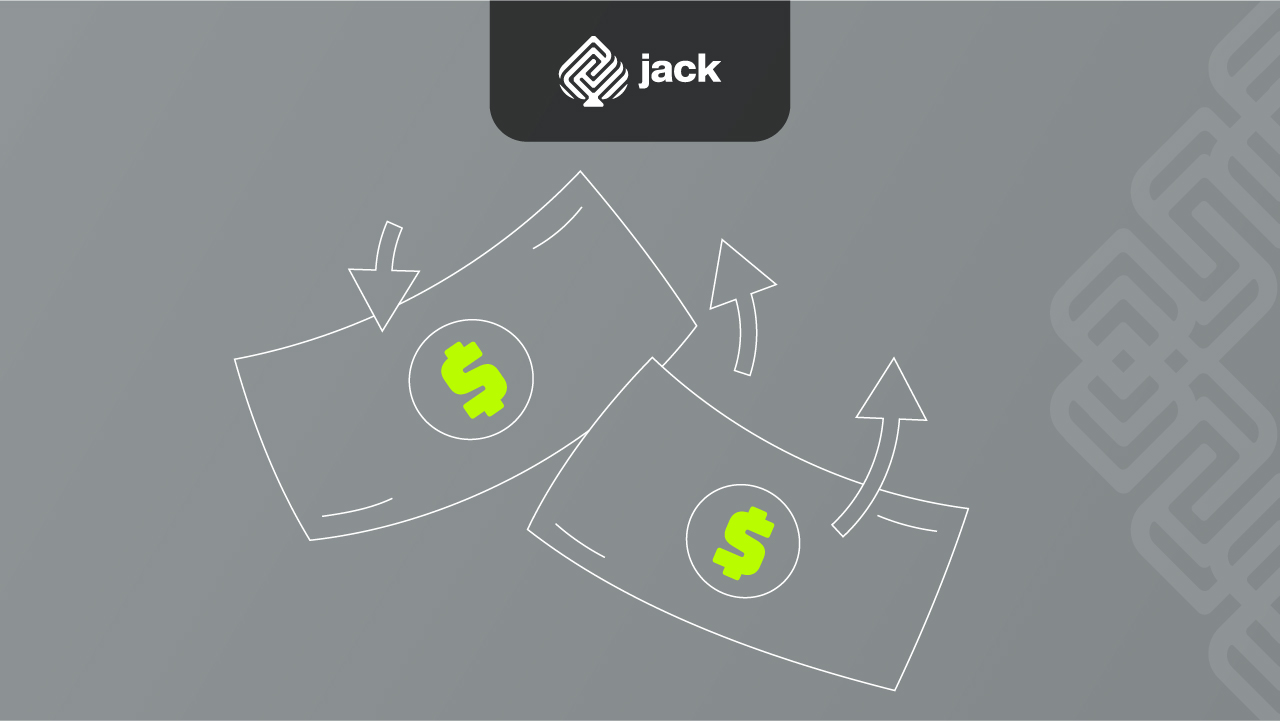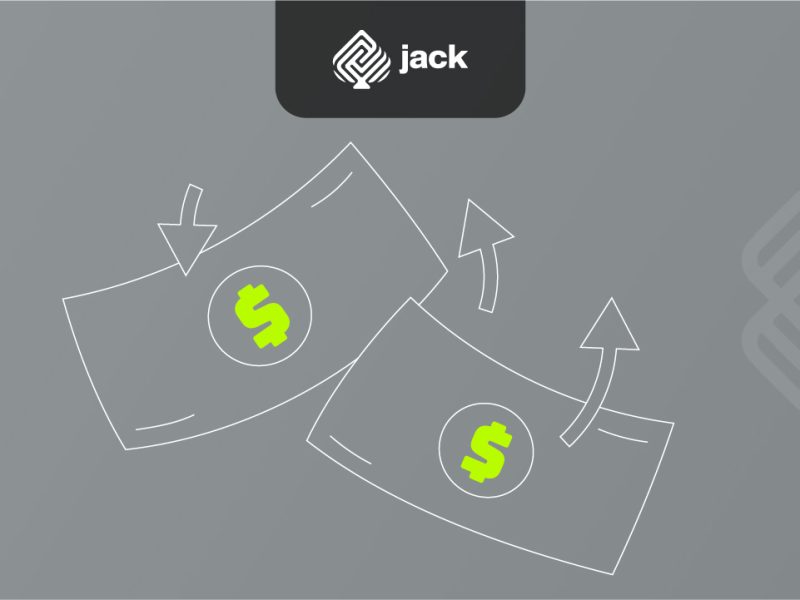Purchase receivables is a term that is commonly heard in the field of economics, and many people still make mistakes assuming that receivables are debts. However, in general, receivables are obligations that must be settled by the buyer or the party that has been lent a certain amount of funds.
These invoices represent rights that can be claimed by individuals, organizations, or companies from credit transactions that have been conducted.
These invoices can be settled by making payments in the form of money, goods, or services according to the agreement that has been established for a period of time ranging from 30 to 60 days.
Types of Purchase Receivables
Trade Receivables
- What are Trade Receivables
Trade receivables are generated due to sales transactions conducted on credit. The seller provides credit to customers based on payments from completed sales transactions.
The credit given for trade receivables has a specified period or due date for settling the receivables. Typically, the timeframe for this type of receivable ranges from 30 to 60 days.
- Trade Receivables Policy
In general, sellers can provide payment terms to customers due to factors such as being a regular customer and having a good track record of payment. However, from an internal management perspective, establishing financial Standard Operating Procedures (SOP) is essential.
This is done by implementing standardized rules for extending credit to customers, ensuring clear criteria are met to avoid providing credit haphazardly. Otherwise, it could disrupt the company’s cash flow and lead to overdue receivables and other financial issues that could disrupt the company’s financial system.

Shareholder Receivables
- Definition of Shareholder Receivables
Shareholder purchase receivables are a type of receivable generated because the company provides credit to shareholders of that company. This credit is in the form of loans provided to shareholders to meet their personal needs.
Shareholders can repay this receivable within a predetermined period, either through installment payments or full repayment.
- Shareholder Receivables for Financial Reporting
In implementing accounting practices, this type of shareholder purchase receivables can be used in preparing financial reports. Aspects like taxation and accounting systems need to be considered in this practice.
These two aspects determine how financial reporting should be applied to a business. It’s advisable to consult beforehand to determine the transactions that need to be reported accurately.
Other Receivables
- Definition of Other Receivables
Other receivables are a type of purchase receivable that doesn’t arise from sales transactions. Instead, these other receivables can be generated from non-business transactions or parties outside the company.
To determine if a transaction falls under other receivables, a thorough process is required. This ensures that the financial data presented is accurate and should be reported in financial statements.
- Transactions Involving Other Receivables
Determining transactions, especially other receivables, should be based on sound and accurate processes, supported by relevant data and documents. By using these foundations, management can easily determine whether a transaction qualifies as another receivable or not.
Additionally, conducting an assessment of transactions through several stages is necessary. This ensures that the application complies with accounting standards, adapting to existing regulations.
Objectives of Purchase Receivables Management

For every company, there is an obligation to engage in management activities regarding this component. This is intended to minimize the risk, primarily concerning income.
The objectives of conducting purchase receivables management for every company are as follows:
- Minimizing the Risk of Non-Payment: The main goal is to reduce the risk of non-payment of the receivables, turning them into actual debts. Proper financial recording plays a crucial role in this context. Incorrect categorization could lead to a reduction in the company’s profits.
- Avoiding Unrecovered Receivables: Failing to recover the entirety of the outstanding receivables can pose significant risks and even result in losses for the company. This situation might occur due to insufficient monitoring, errors in selecting customers or credit applicants, and even unforeseen factors such as unstable economic conditions in certain countries.
- Optimizing Capital Turnover: A low turnover in the purchase receivables relative to the invested capital could inflate the value of the capital. Consequently, working capital might become less productive than usual.
- Minimizing Technical Errors: Technical errors in data input and the creation of billing directed towards borrowers can lead to discrepancies and complications in the receivables management process.
- Timely Repayment: Failing to make payments within the due date can lead to significant burdens on the company providing the receivables.
Use Jack for Your Business Needs

The emergence of negative effects on the performance of employees tasked with collecting purchase receivables who are unable to compel customers to settle their debts.





